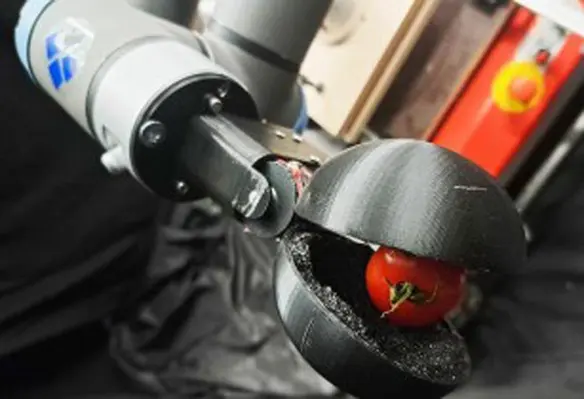In a recent study published in Nature Machine Intelligence, researchers at theTechnical University in Delft, Netherlands and the Swiss technical university EPFLutilised the popular large language model (LLM), Chat-GPT to design a fully functional tomato-harvester robot
During the first stages of the study, researchers conversed with Chat-GPT regarding solutions to some of the most pressing challenges faced by humanity. The LLM pointed out that robotic crop harvesting would be an efficient solution to global food supply challenges. Deeper conversations with the AI platform helped researchers gain access to various academic publications, technical manuals, books, and media, which helped identify a basic robotic format. The researchers also went one step further by trying to obtain technical suggestions from the AI including materials and computer code for controlling the device.
Although Chat-GPT appears to be valuable tool for the design process, researchers warn that results obtained from LLMs like these may be biased and involve plagiarism, which is why it is still unclear whether these designs can be considered novel.
In an article published on EPFL, Josie Hughes, head of the Computational Robot Design & Fabrication Lab in the School of Engineering said, “In our study, Chat-GPT identified tomatoes as the crop ‘most worth’ pursuing for a robotic harvester. However, this may be biased towards crops that are more covered in literature, as opposed to those where there is truly a real need. When decisions are made outside the scope of knowledge of the engineer, this can lead to significant ethical, engineering, or factual errors.”
The researchers however concluded that LLMs did indeed have a great potential to be a force of good, if managed well.





